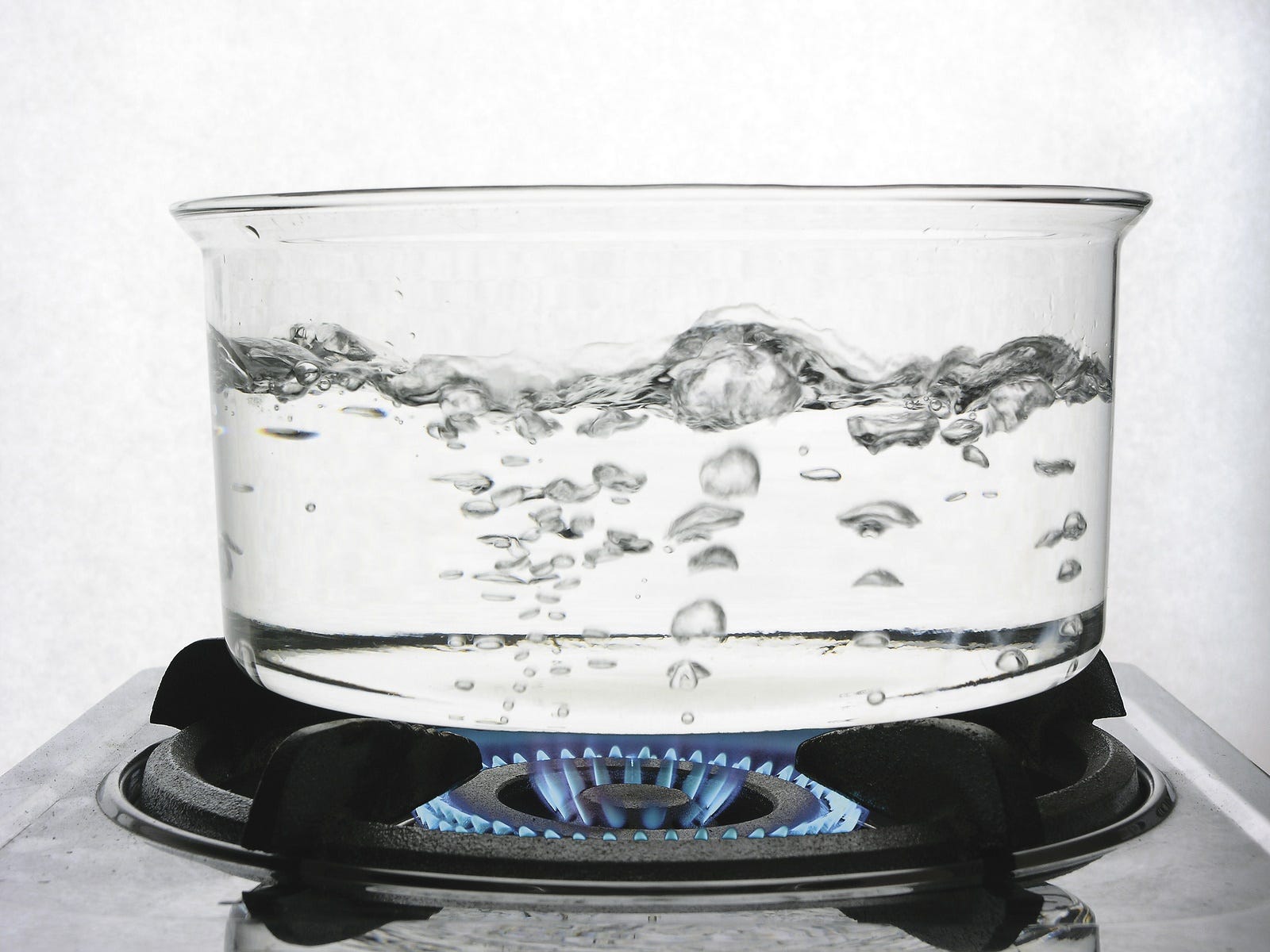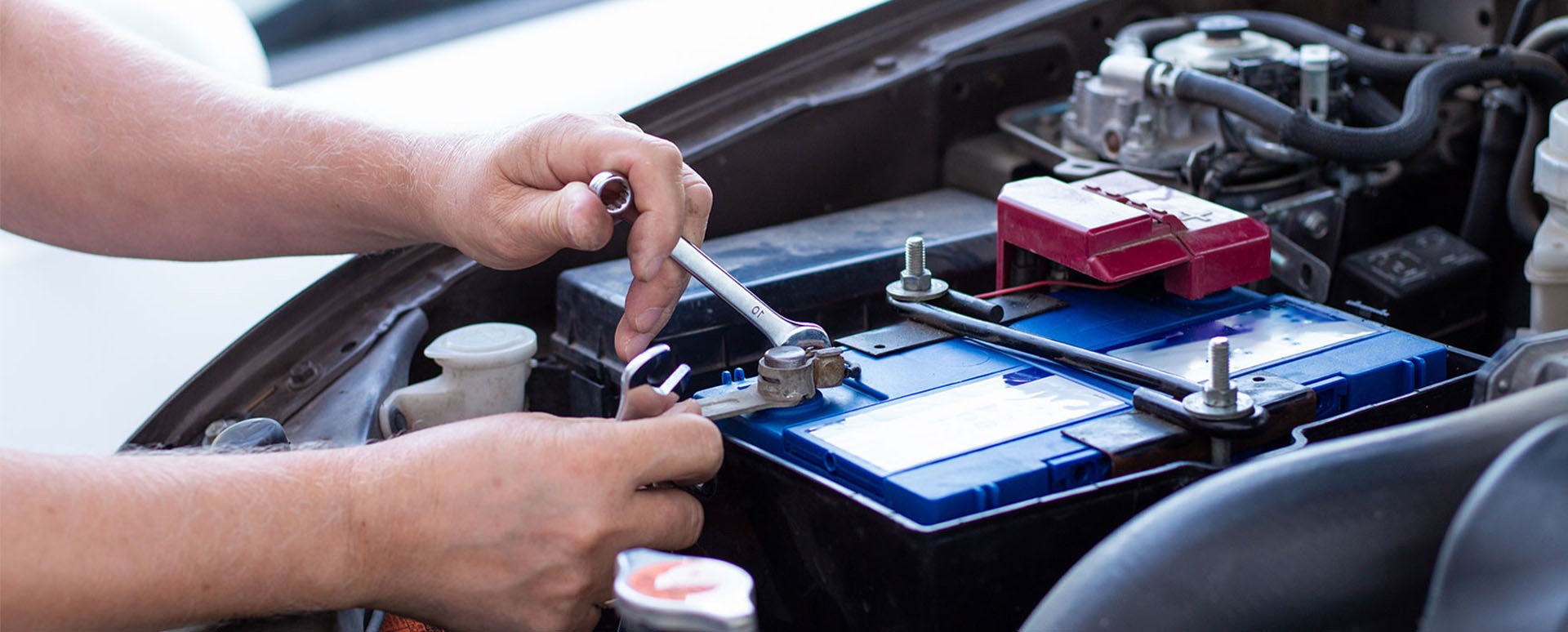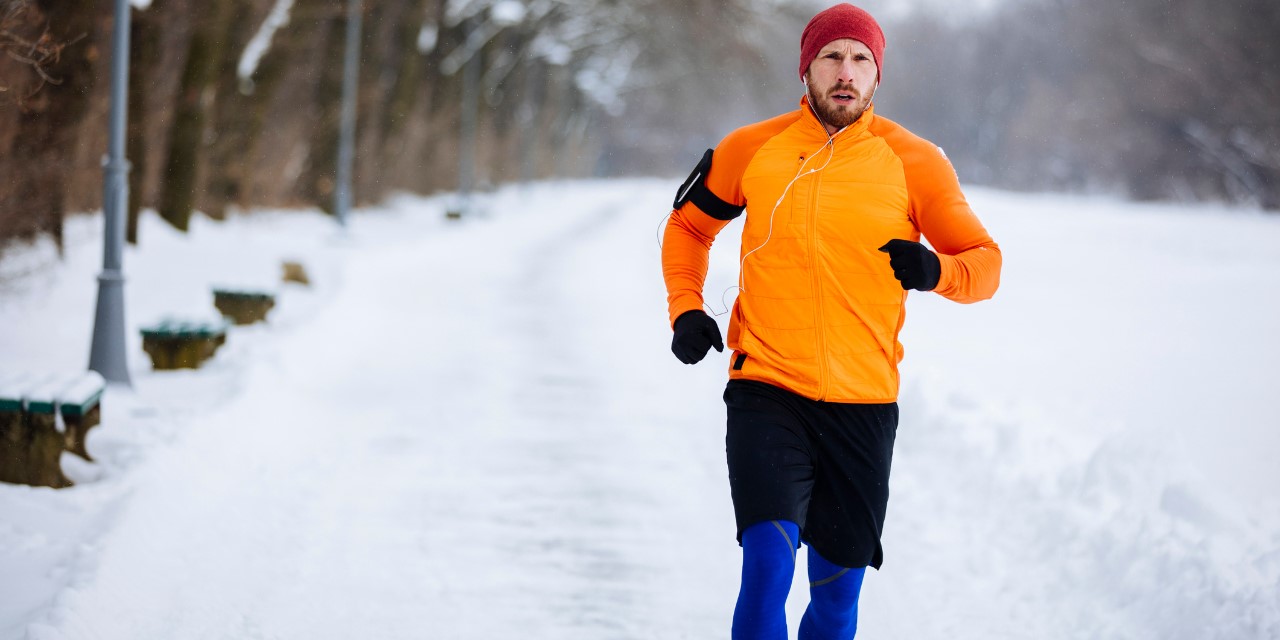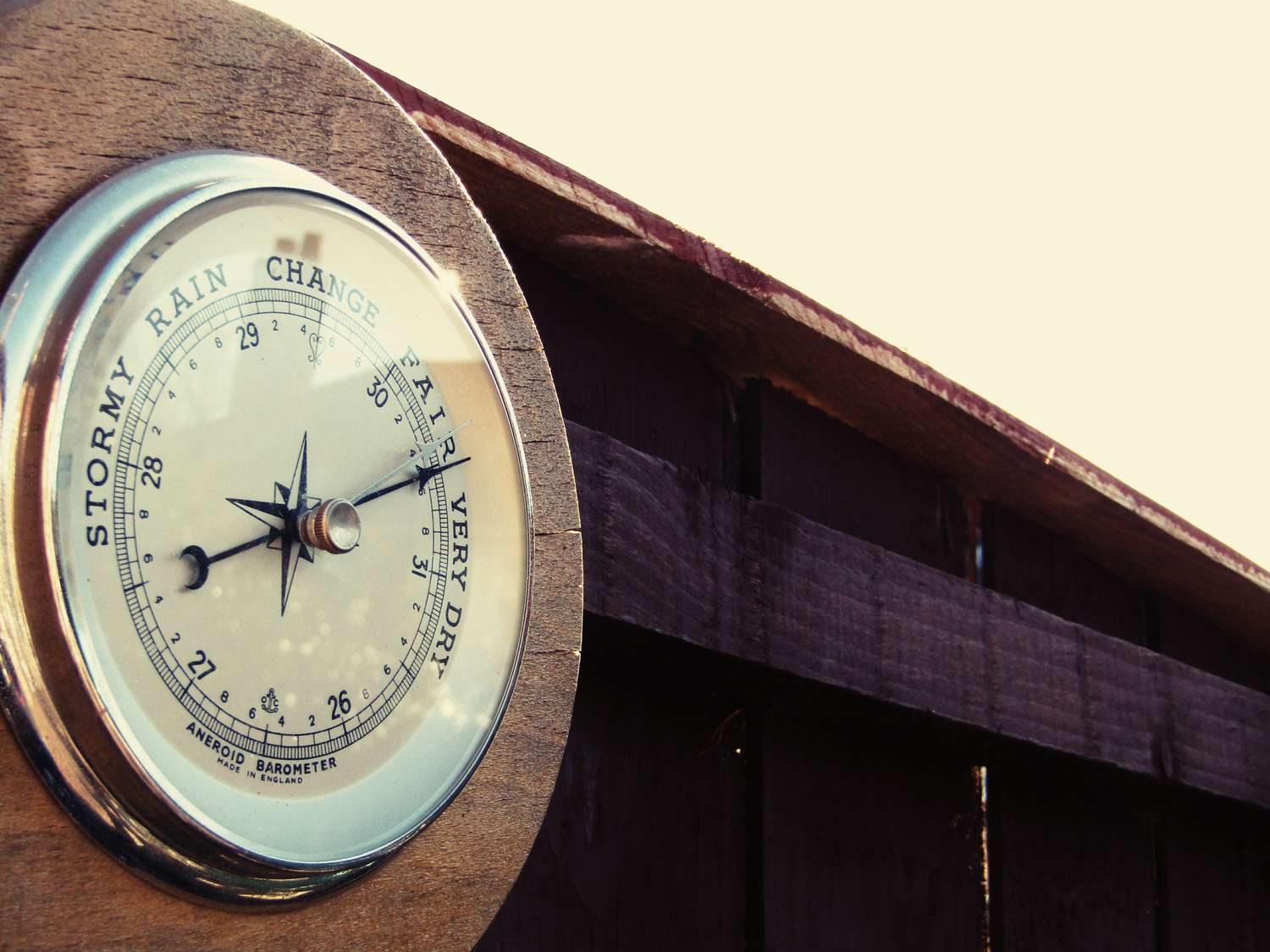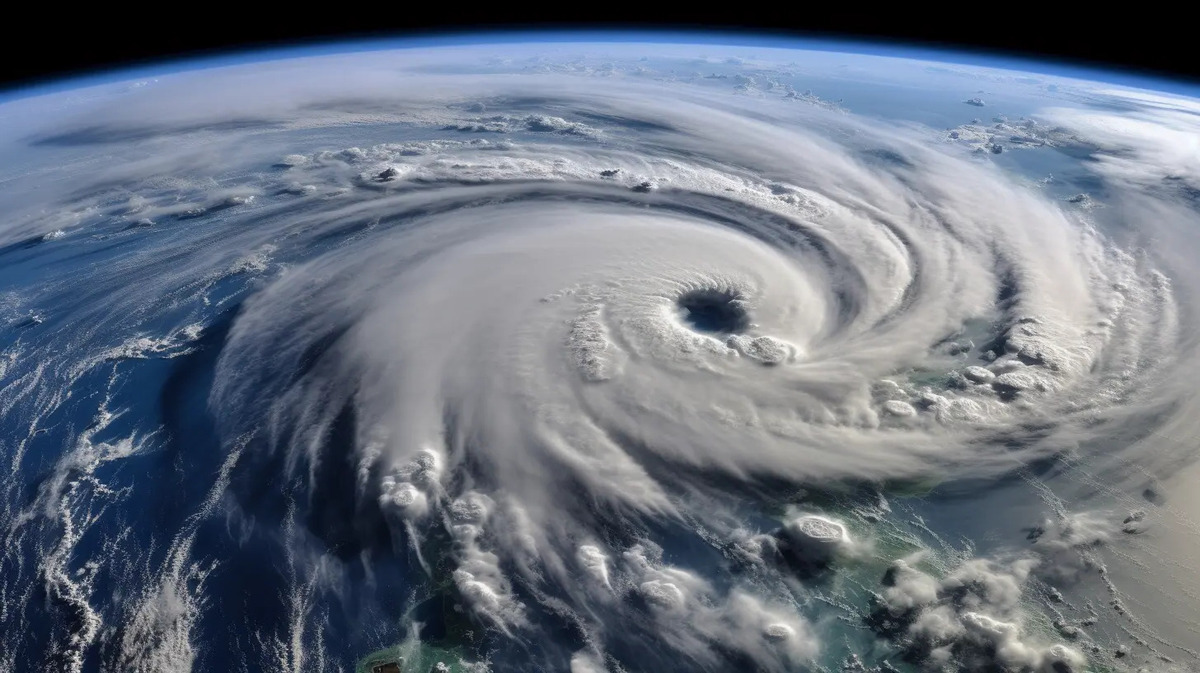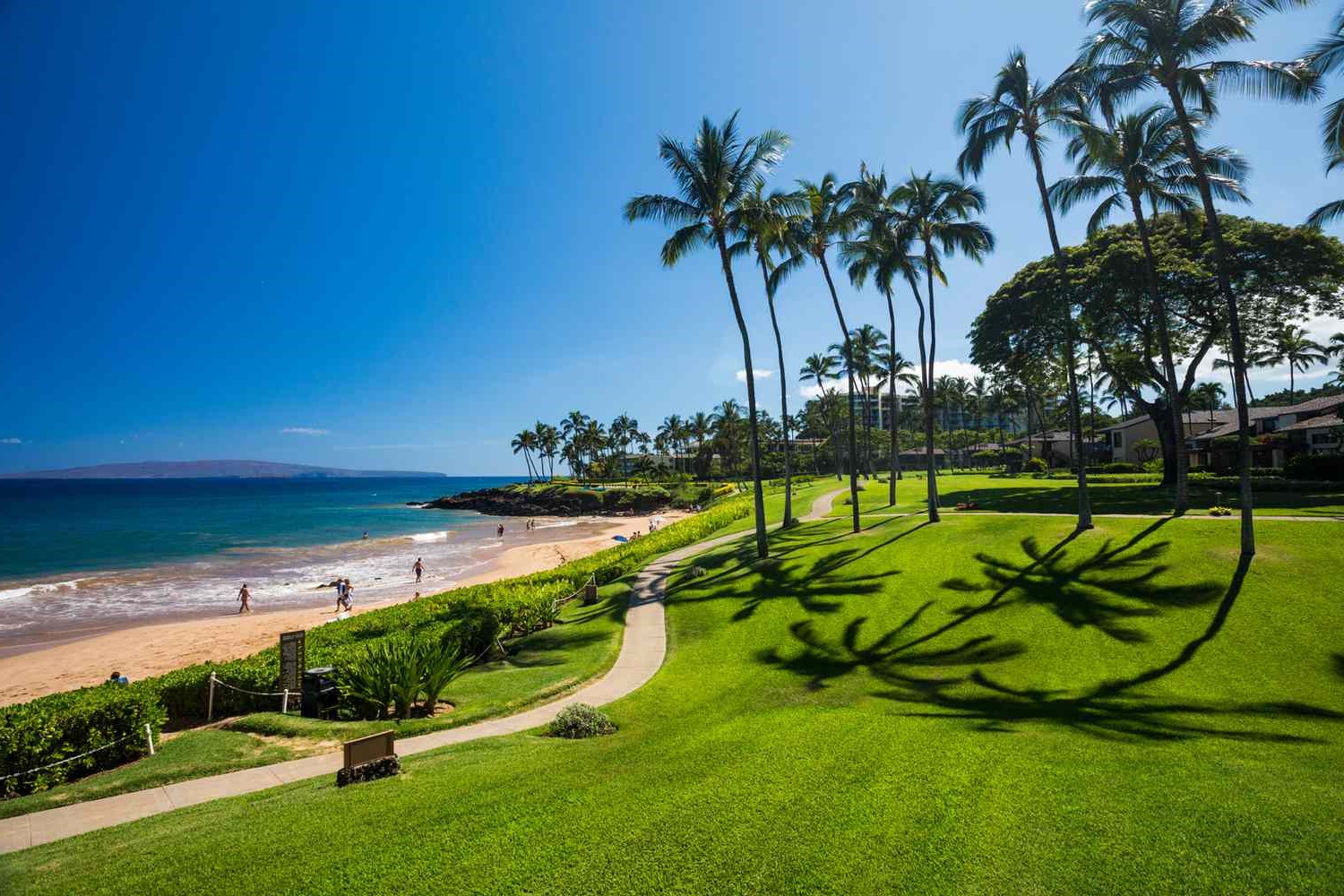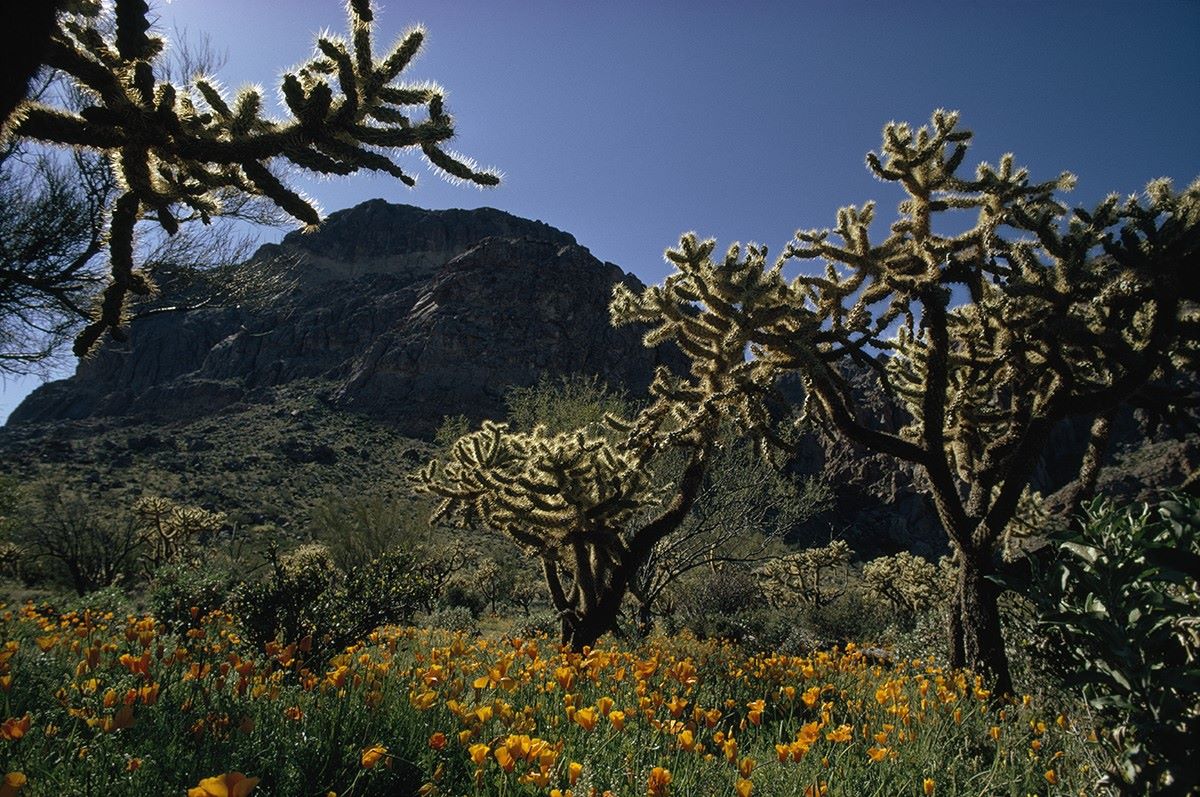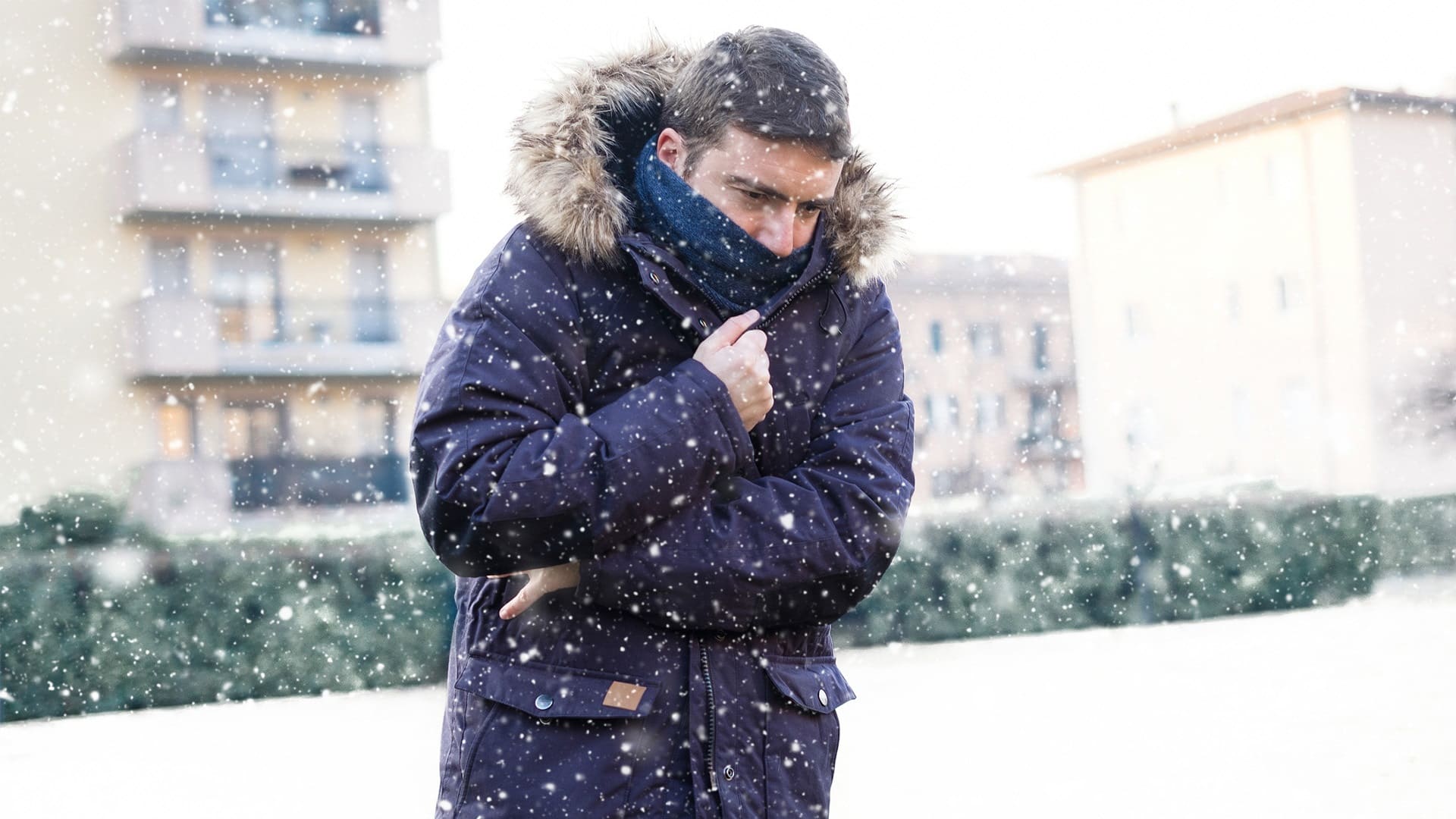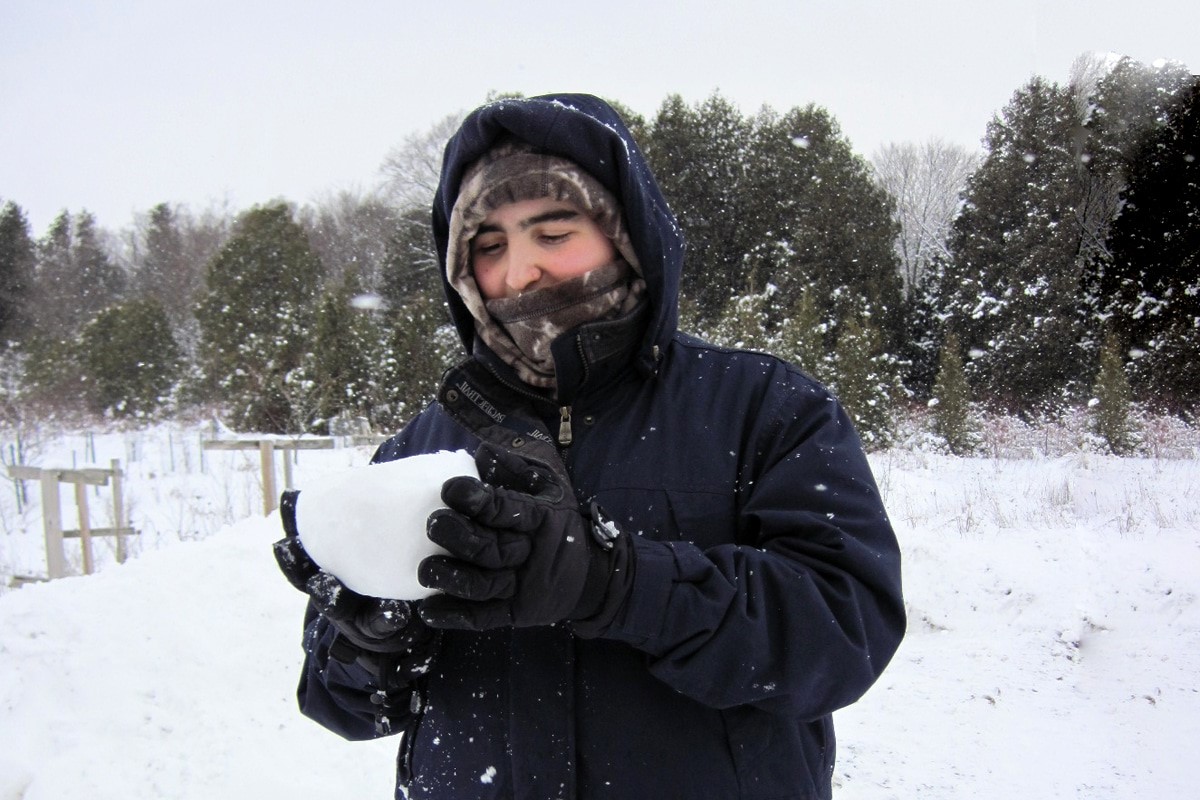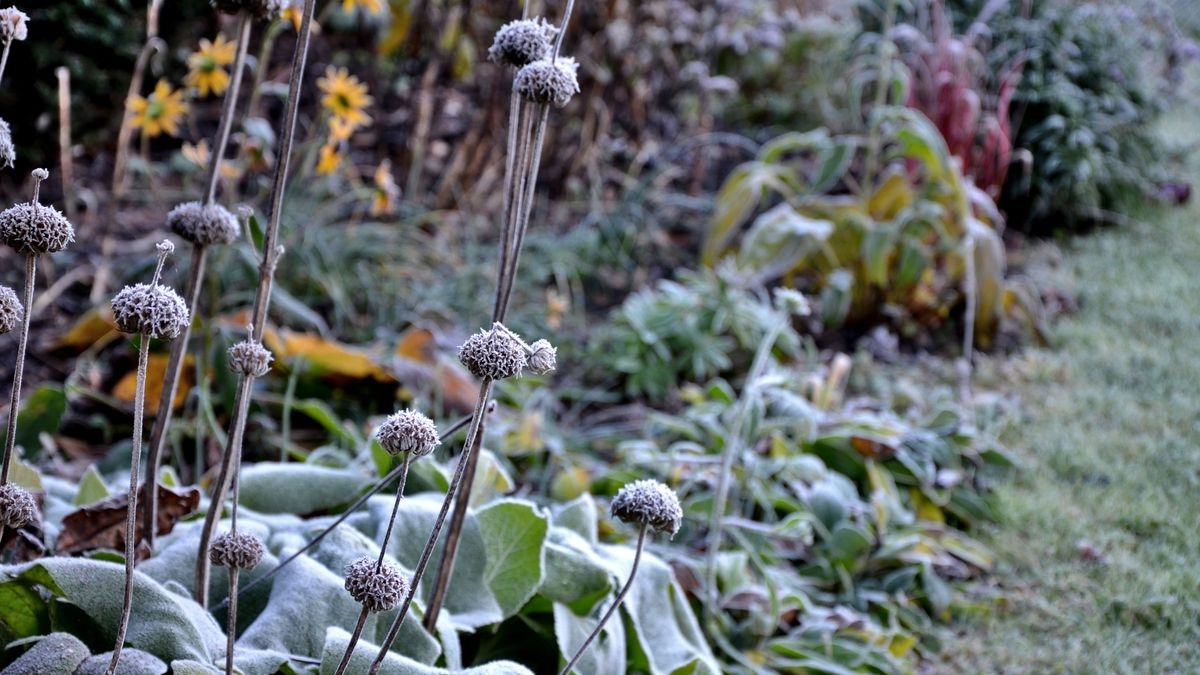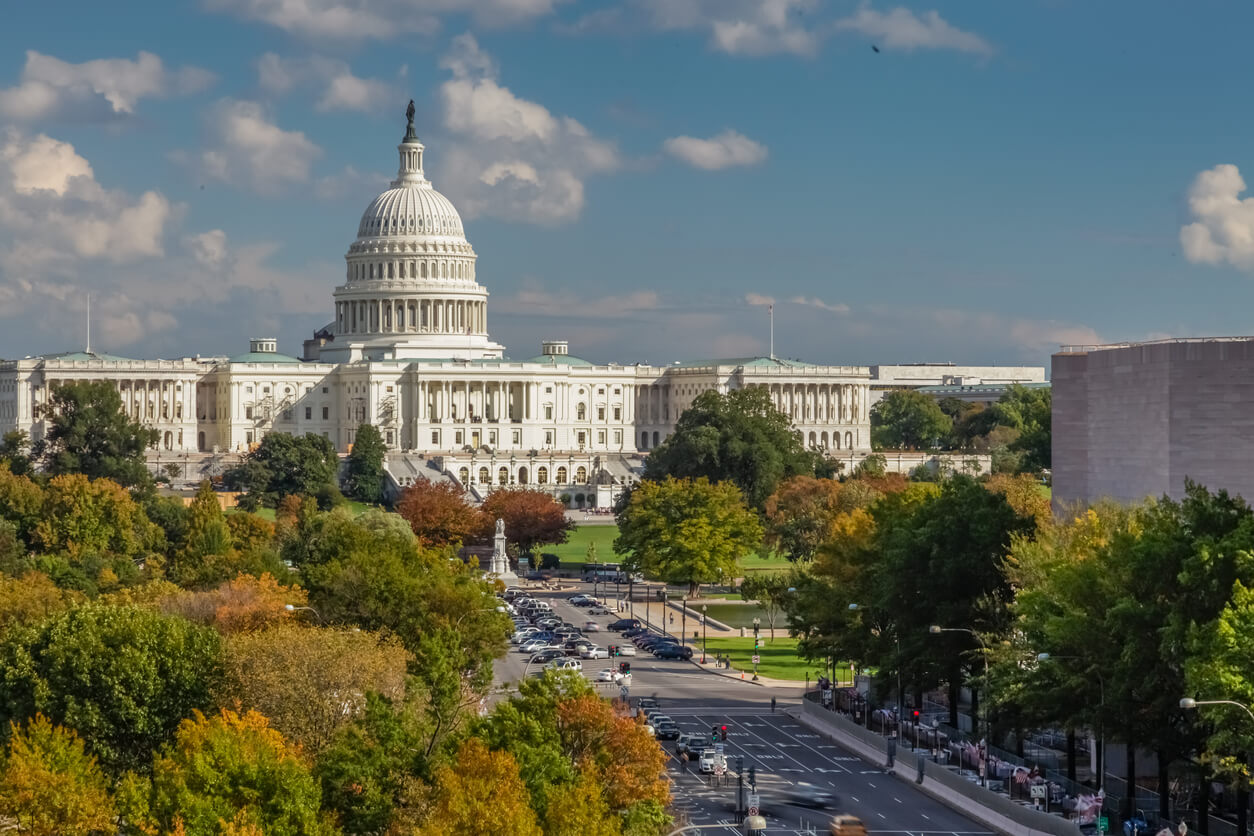Home>Weather and Climate>Improving Water Pressure In Cold Weather: Tips And Solutions
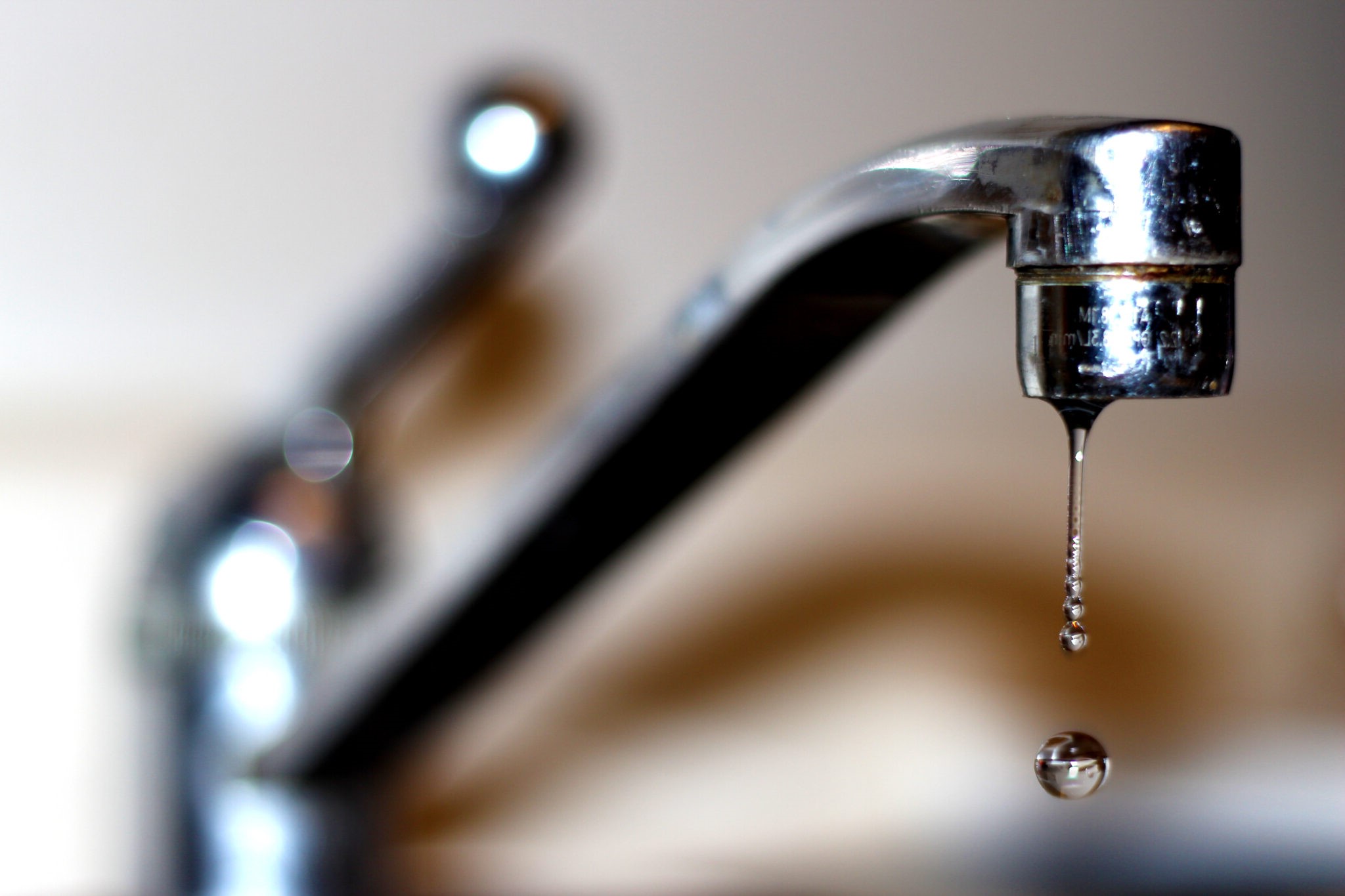

Weather and Climate
Improving Water Pressure In Cold Weather: Tips And Solutions
Published: March 6, 2024
Learn how to improve water pressure in cold weather with our expert tips and solutions. Find out how weather and climate affect your water system and what you can do to maintain optimal pressure.
(Many of the links in this article redirect to a specific reviewed product. Your purchase of these products through affiliate links helps to generate commission for Temperatures.com, at no extra cost. Learn more)
Table of Contents
Understanding the Impact of Cold Weather on Water Pressure
Cold weather can significantly impact water pressure in residential and commercial properties. As temperatures drop, several factors come into play, influencing the performance of water supply systems. Understanding these effects is crucial for effectively managing and maintaining water pressure during cold weather conditions.
-
Freezing Temperatures: When temperatures plummet, water within pipes and fixtures can freeze, leading to a decrease in water pressure. As water freezes, it expands, potentially causing blockages or even bursts within the plumbing system. This can restrict the flow of water and result in reduced pressure at faucets and fixtures.
-
Pipe Constriction: In cold weather, pipes may experience constriction due to the contraction of materials. This constriction can limit the flow of water, leading to a noticeable decrease in water pressure throughout the property.
-
Reduced Water Density: Cold weather can cause a decrease in the density of water. As water becomes less dense, it may flow more slowly through the plumbing system, resulting in lower water pressure at various points of use.
-
External Factors: Cold weather can also impact the external components of a property's water supply system. For instance, outdoor faucets and hoses may be susceptible to freezing, which can affect the overall water pressure within the property.
-
Pressure Fluctuations: Cold weather can lead to fluctuations in water pressure within the municipal supply system. As demand for water increases during cold spells, the overall pressure within the supply network may fluctuate, affecting the pressure experienced by individual properties.
Understanding these impacts is essential for implementing proactive measures to maintain optimal water pressure during cold weather. By recognizing the potential challenges posed by cold temperatures, property owners and managers can take steps to prevent and address water pressure issues before they escalate.
Tips for Preventing Water Pressure Issues in Cold Weather
-
Insulate Exposed Pipes: Begin by insulating any exposed pipes, especially those located in unheated areas such as basements, attics, and crawl spaces. This insulation helps to retain the heat within the pipes, reducing the risk of freezing and potential constriction.
-
Seal Air Leaks: Identify and seal any air leaks around pipes, windows, and doors. By preventing cold drafts from entering the property, you can maintain a more stable indoor temperature, which in turn helps to safeguard water pressure.
-
Keep Interior Spaces Warm: Ensure that interior spaces where plumbing is located are adequately heated. This helps to prevent the temperature from dropping to levels that could lead to freezing within the plumbing system.
-
Allow Faucets to Drip: During particularly cold periods, allowing faucets to drip slowly can help prevent water from stagnating within the pipes, reducing the risk of freezing and potential pressure issues.
-
Use Heat Tape or Cable: Consider using heat tape or cable on vulnerable pipes to provide additional warmth and prevent freezing. These heating solutions can be particularly effective in safeguarding water pressure in extremely cold conditions.
-
Protect Outdoor Fixtures: Disconnect and store outdoor hoses, and consider installing insulated covers on outdoor faucets to shield them from freezing temperatures. This proactive measure can help maintain water pressure within the property.
-
Regularly Monitor Water Flow: Keep an eye on the flow of water from faucets and fixtures, especially during cold snaps. Any noticeable decrease in water pressure could indicate a potential issue that requires attention.
-
Schedule Professional Inspections: Engage the services of a professional plumber to conduct inspections of the plumbing system before the onset of winter. This proactive approach can help identify and address any vulnerabilities that could impact water pressure during cold weather.
By implementing these preventive measures, property owners and managers can significantly reduce the likelihood of experiencing water pressure issues during cold weather. Proactivity and attention to detail are key in safeguarding the performance of the water supply system, ensuring consistent and reliable water pressure even in the face of challenging weather conditions.
Solutions for Improving Water Pressure in Cold Weather
-
Thawing Frozen Pipes: If freezing has already occurred, it's crucial to thaw any frozen pipes to restore water pressure. This can be achieved by carefully applying heat to the affected areas using a hairdryer, heat lamp, or portable heater. It's important to exercise caution and avoid using open flames to prevent potential hazards.
-
Adjusting Pressure Regulators: Properties equipped with pressure regulators can benefit from adjusting these devices to optimize water pressure during cold weather. By fine-tuning the pressure settings, property owners can compensate for any fluctuations caused by external temperature changes, ensuring consistent water pressure throughout the property.
-
Installing Pipe Insulation: In addition to insulating exposed pipes as a preventive measure, installing pipe insulation can also help improve water pressure in cold weather. This added layer of insulation helps maintain the temperature of the water within the pipes, reducing the risk of freezing and potential pressure reduction.
-
Utilizing Hot Water Recirculation Systems: Hot water recirculation systems can be employed to enhance water pressure during cold weather. By continuously circulating hot water through the plumbing system, these systems help prevent stagnation and maintain consistent pressure, especially in areas prone to temperature fluctuations.
-
Addressing Leaks and Blockages: Identifying and addressing any leaks or blockages within the plumbing system is essential for improving water pressure. Leaks can lead to a decrease in pressure, while blockages can restrict the flow of water. By promptly resolving these issues, property owners can restore optimal water pressure even in cold weather conditions.
-
Upgrading Fixtures and Appliances: Upgrading to high-efficiency fixtures and appliances can contribute to improved water pressure, particularly during cold weather. Modern fixtures and appliances are designed to optimize water flow and pressure, providing a more reliable water supply even when external conditions pose challenges.
-
Utilizing Water Pressure Boosting Systems: In cases where traditional measures may not suffice, water pressure boosting systems can be installed to enhance water pressure during cold weather. These systems are designed to regulate and increase water pressure, ensuring consistent and adequate supply throughout the property.
-
Professional Plumbing Maintenance: Engaging the services of a professional plumber for regular maintenance and inspections is crucial for addressing and preventing water pressure issues in cold weather. Professional maintenance can identify potential vulnerabilities and proactively address them, ultimately improving water pressure and system performance.
By implementing these solutions, property owners and managers can effectively address water pressure issues caused by cold weather, ensuring a reliable and consistent water supply even in challenging environmental conditions.
Importance of Regular Maintenance for Water Pressure in Cold Weather
Regular maintenance plays a pivotal role in ensuring optimal water pressure, especially during cold weather. By prioritizing proactive upkeep of the plumbing system, property owners and managers can effectively mitigate the impact of cold temperatures on water pressure and prevent potential issues from arising.
One of the primary benefits of regular maintenance is the early detection and resolution of vulnerabilities within the plumbing system. Through scheduled inspections and servicing, professional plumbers can identify potential areas of concern, such as worn-out components, leaks, or inadequate insulation, that could compromise water pressure during cold weather. By addressing these issues in a timely manner, property owners can prevent the escalation of problems and maintain consistent water pressure throughout the property.
Moreover, regular maintenance helps optimize the overall performance of the plumbing system, which directly contributes to maintaining water pressure, particularly in the face of cold weather challenges. Professional plumbers can fine-tune pressure regulators, inspect and clean fixtures, and ensure the integrity of pipes and connections. These proactive measures not only enhance water pressure but also contribute to the efficient and reliable operation of the entire water supply system.
Furthermore, regular maintenance fosters the longevity of plumbing components and infrastructure, safeguarding them against the detrimental effects of cold weather. By addressing wear and tear, corrosion, and potential weaknesses in the system, property owners can prevent sudden failures and disruptions in water pressure, thereby ensuring uninterrupted water supply even in the harshest of weather conditions.
In addition, regular maintenance promotes compliance with industry standards and regulations, which are essential for ensuring the safety and functionality of the plumbing system. By staying abreast of maintenance requirements and adhering to best practices, property owners can uphold the integrity of the water supply infrastructure, ultimately contributing to sustained water pressure and system reliability, especially when confronted with the challenges posed by cold weather.
In essence, regular maintenance serves as a proactive and strategic approach to safeguarding water pressure in cold weather. By investing in scheduled inspections, servicing, and upkeep, property owners can fortify the resilience of their plumbing systems, ensuring consistent and reliable water pressure regardless of external environmental factors.

